Today, the boundaries between technology and humans are blurring. Technology becomes part of ourselves as the extension of the human body. The relationship of “use” between humans and machine systems seems to be outdated. We are not only ‘users’, but also used and shaped by systems. (We are flattered into behavioral data to be commodified. We are trapped in algorithms, seeing what it wants us to see.) We are also adapted to the logic and rules embedded in the system. Technology amplifies our abilities, but also limits and diminishes other possibilities of thinking and creating. We are trained to follow the structure and paths created by systems. Are they tools of human augmentation or exploitation?
It also appears reasonable that exponential technological advances will let artificial intelligence surpass human intelligence. It seems to be an unfixable challenge for humans to keep up with the speed due to the biological limitations. Given the increased complexity of our world, maybe it’s time for us to change our values, beliefs, attitudes, and behavior to imagine other possibilities of being.
Posthumanists challenged the idea of human centrism and proposed to expand the notion of human from something completely closed, already formed, and static to an open and fluid concept. Its critique towards dualism which focus on binary notions of the human and the Other, setting up opposites such as male/female, nature/machine, gay/hetero, etc. can be valuable to address the bias and unneutralness of technology given by our societal inequalities. It also helps us to decenter humans and provide a way to embrace and coexist with the Other.
It’s important for us to recognize today’s humans are not the destination. We are subjects under construction. We are always becoming rather than evolving. In light of the rapid evolution of these new forms of artificial and synergetic life, rather than alienating it, how can we embody and flourish it as new forms of beings?
For the majority of the 20th century, progress has been measured by increased speed and efficiency—faster, better, stronger. But the side effects have been fatter, sadder and exhausted. Market-led capitalism has shrunk design into a one dimensional subject that mainly focuses on improving usefulness and aesthetic. But beyond that, design can also be a way to create ideas. Functionality and optimization are not always the answer.
I believe it’s a great opportunity for graphic design to participate in the debate, since graphic design itself is hyper versatile in terms of the usage of technology, but it’s also always associated with hyper-commercialized purposes. The design of systems will directly influence the way of interaction. By exploring new forms of ‘interface’, designers can offer different ways of human machine communications beyond input and output, liberating people from the creative limitations imposed by systems, elevating systems to the equal position as humans, and transitioning the relationship from ‘using’ to collaborating.
In this project, I’m envisioning new ways of human-machine collaboration and integration to embody perspectives of AI to include different ways of seeing, thinking, and being, deconstruct the concept of the human and the Other and celebrate diversity, over-optimization and binary.
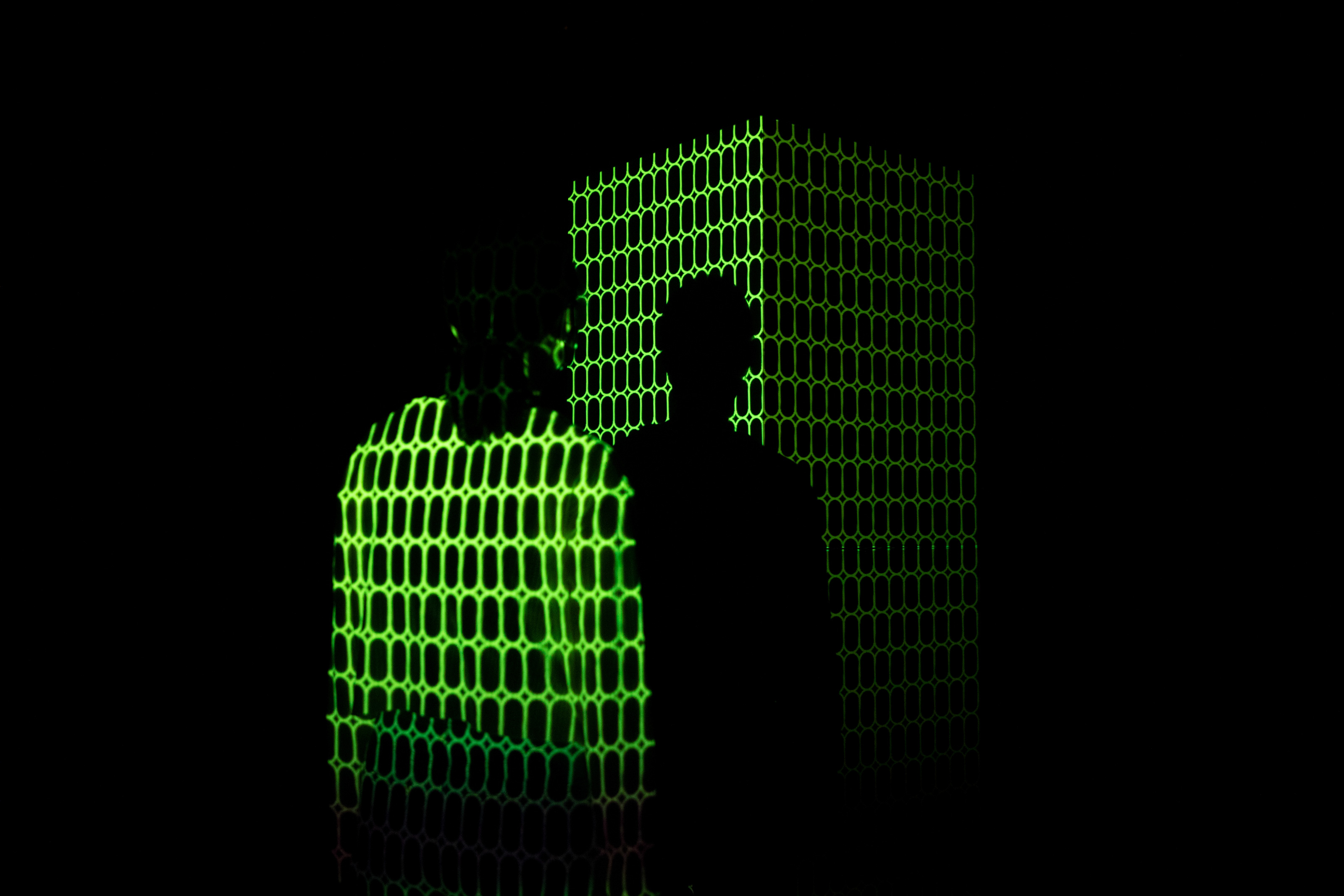
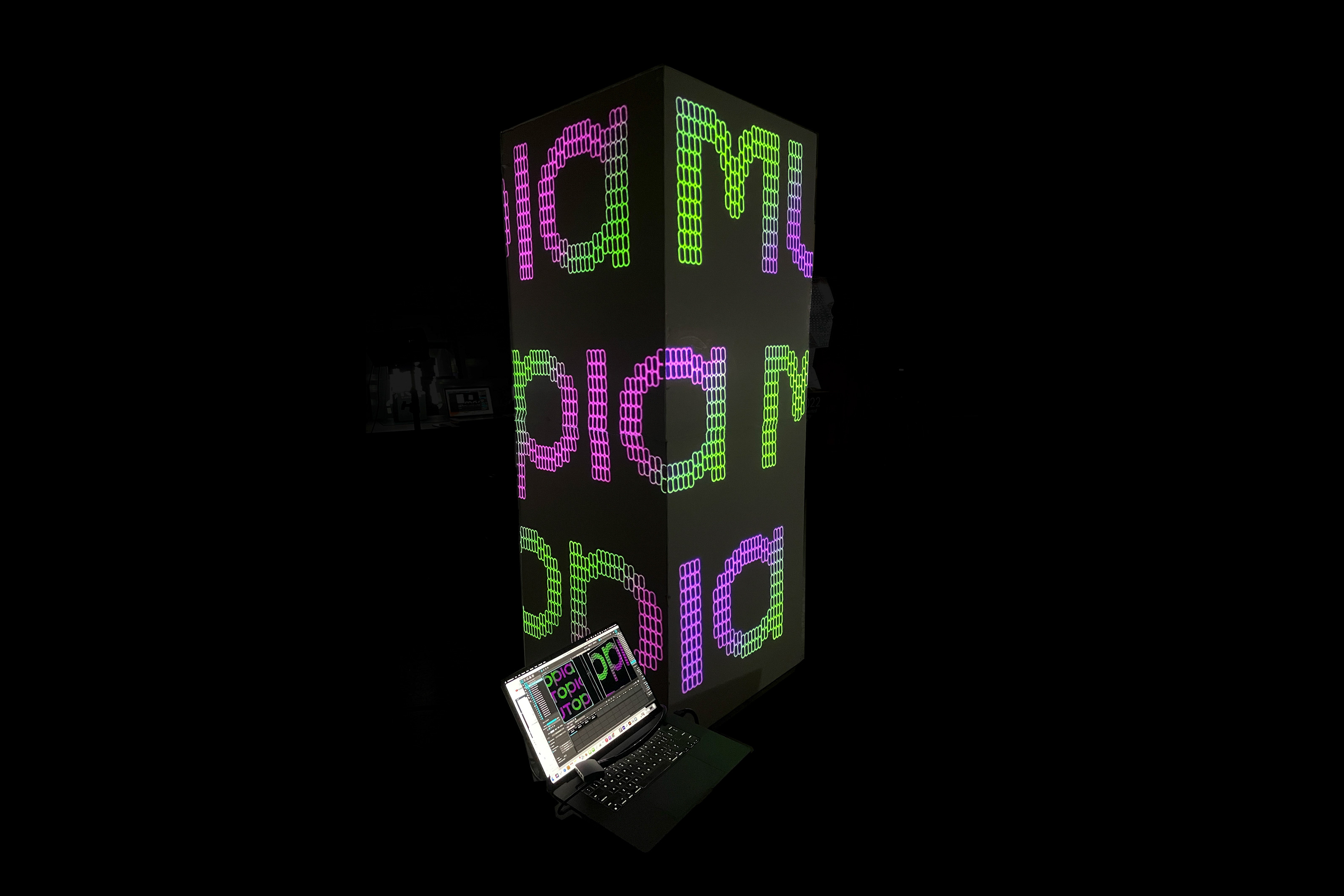
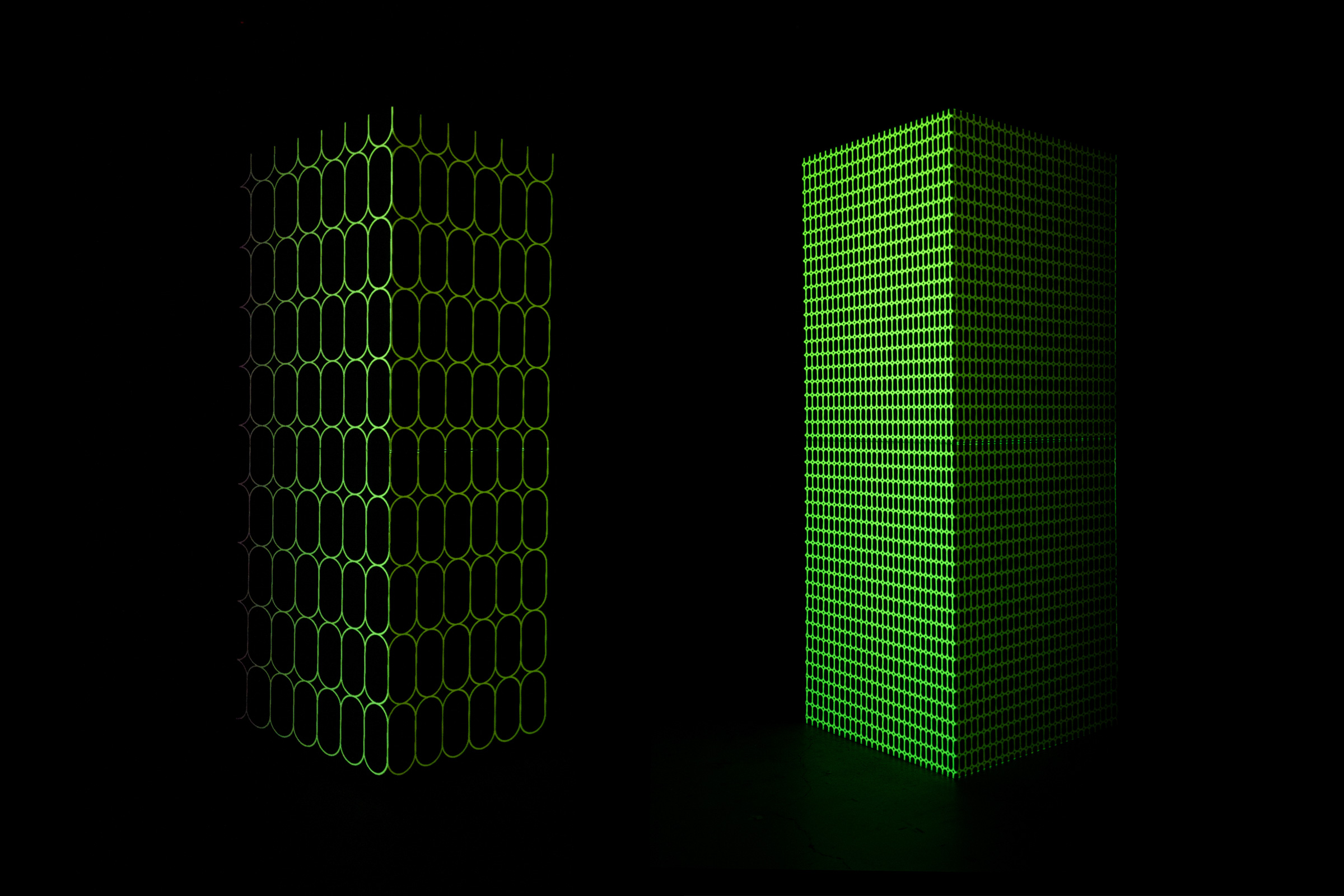
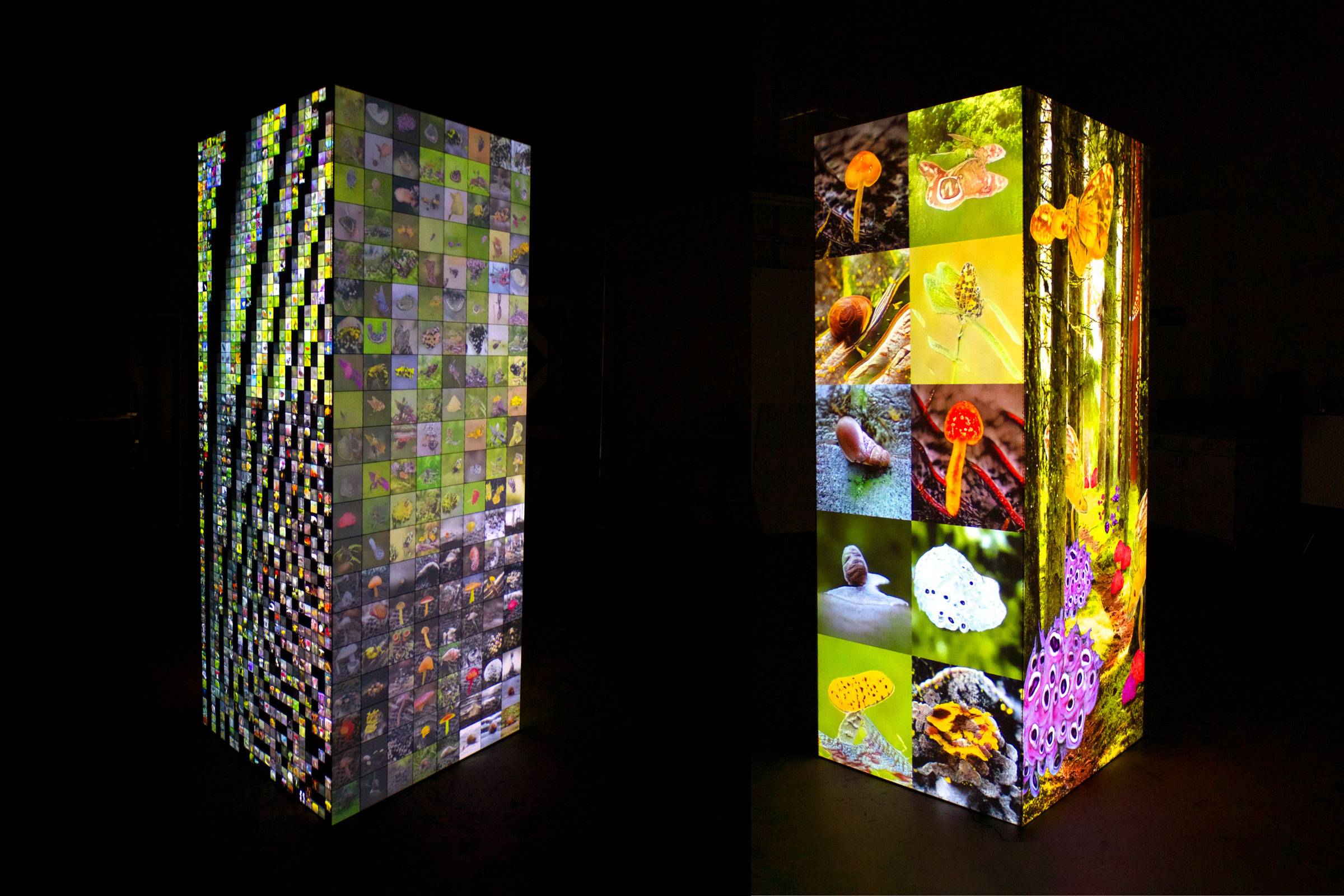
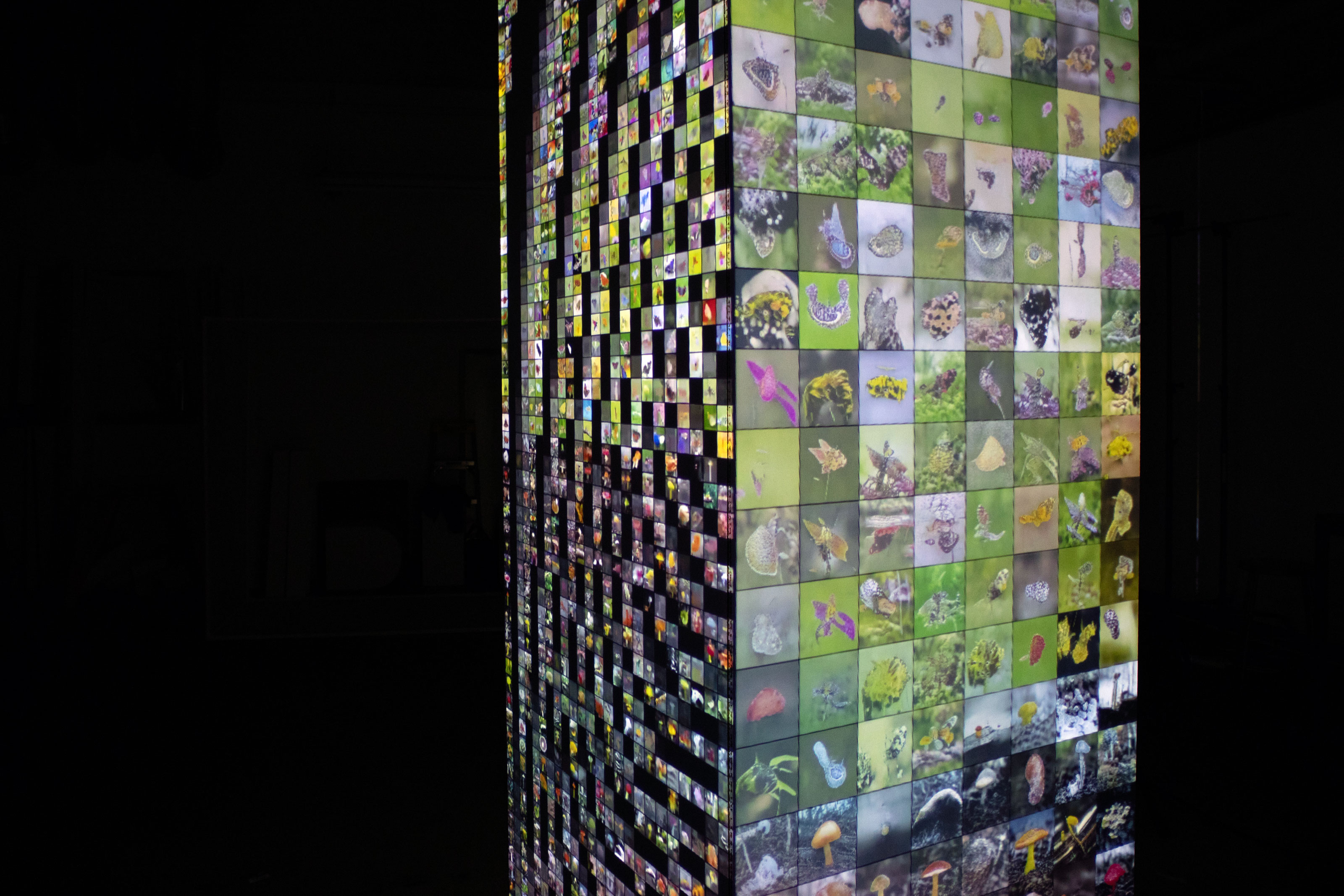
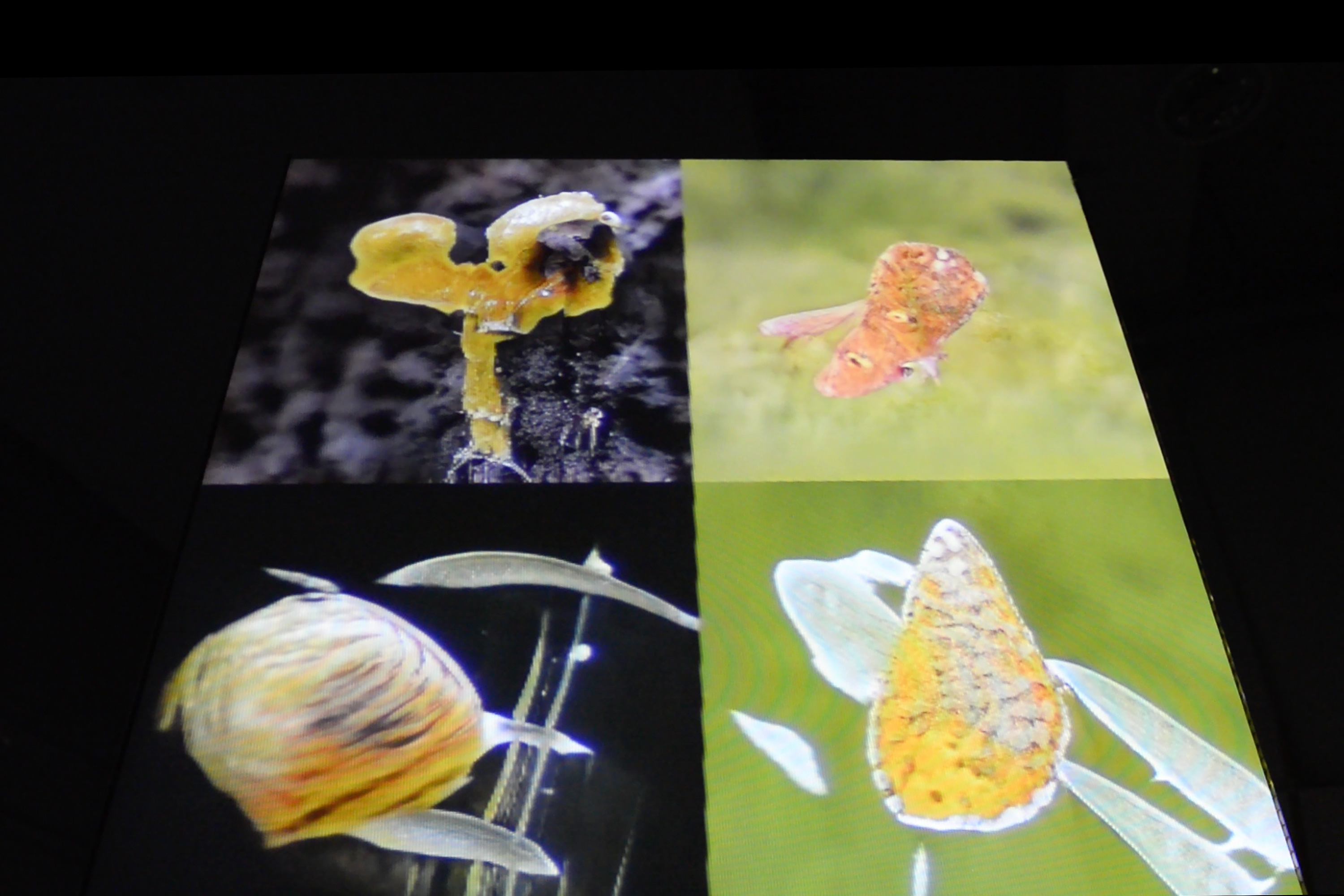
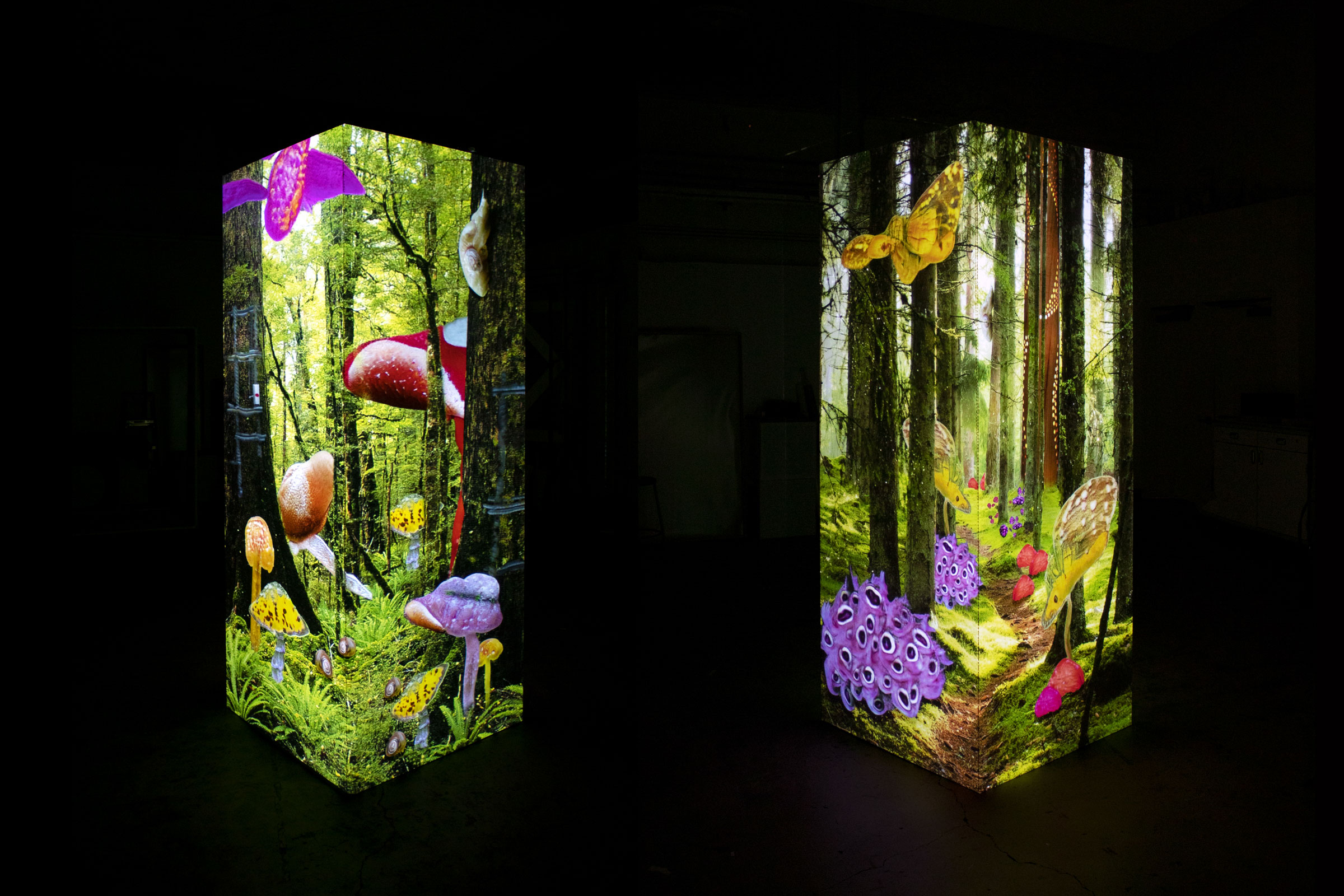
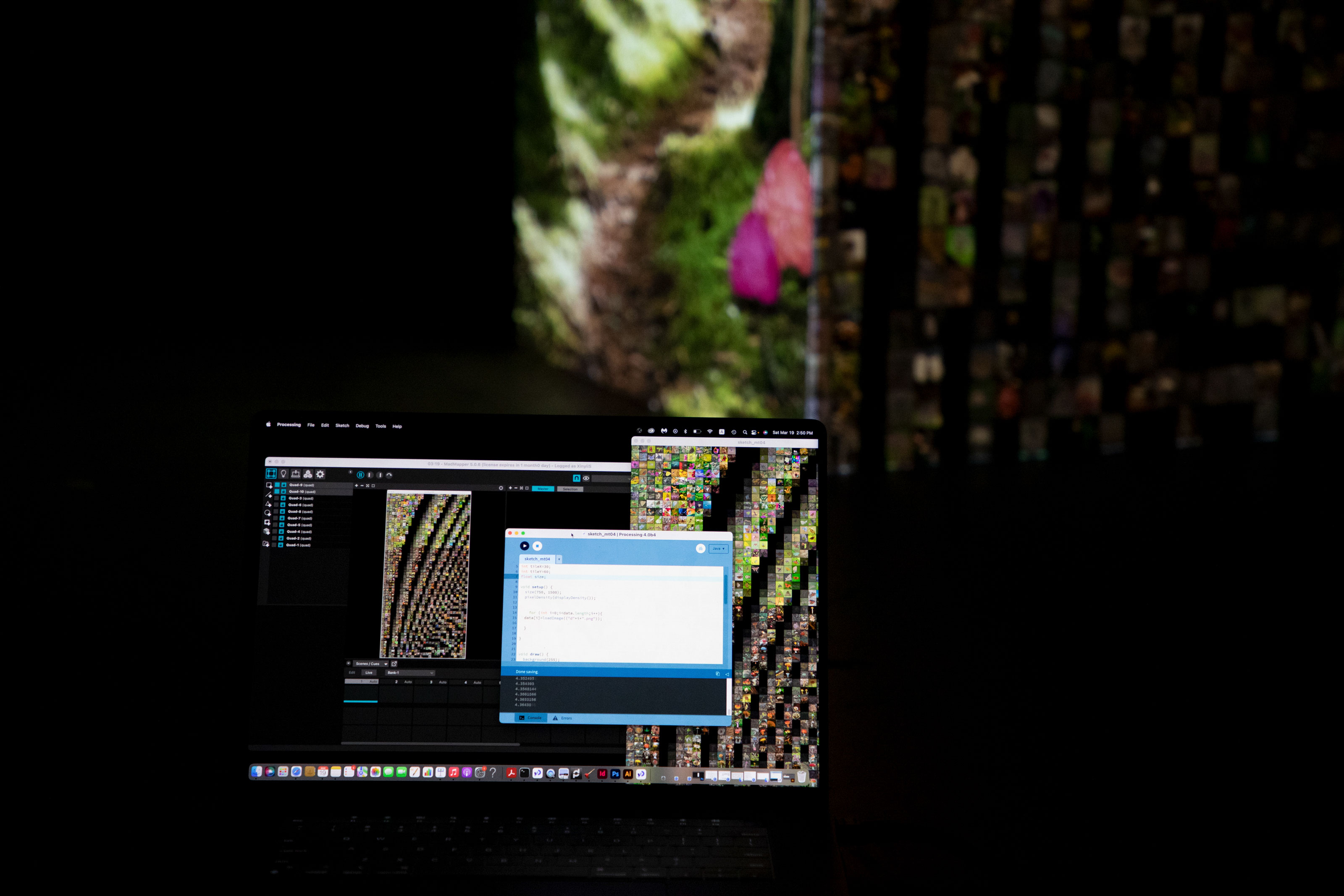
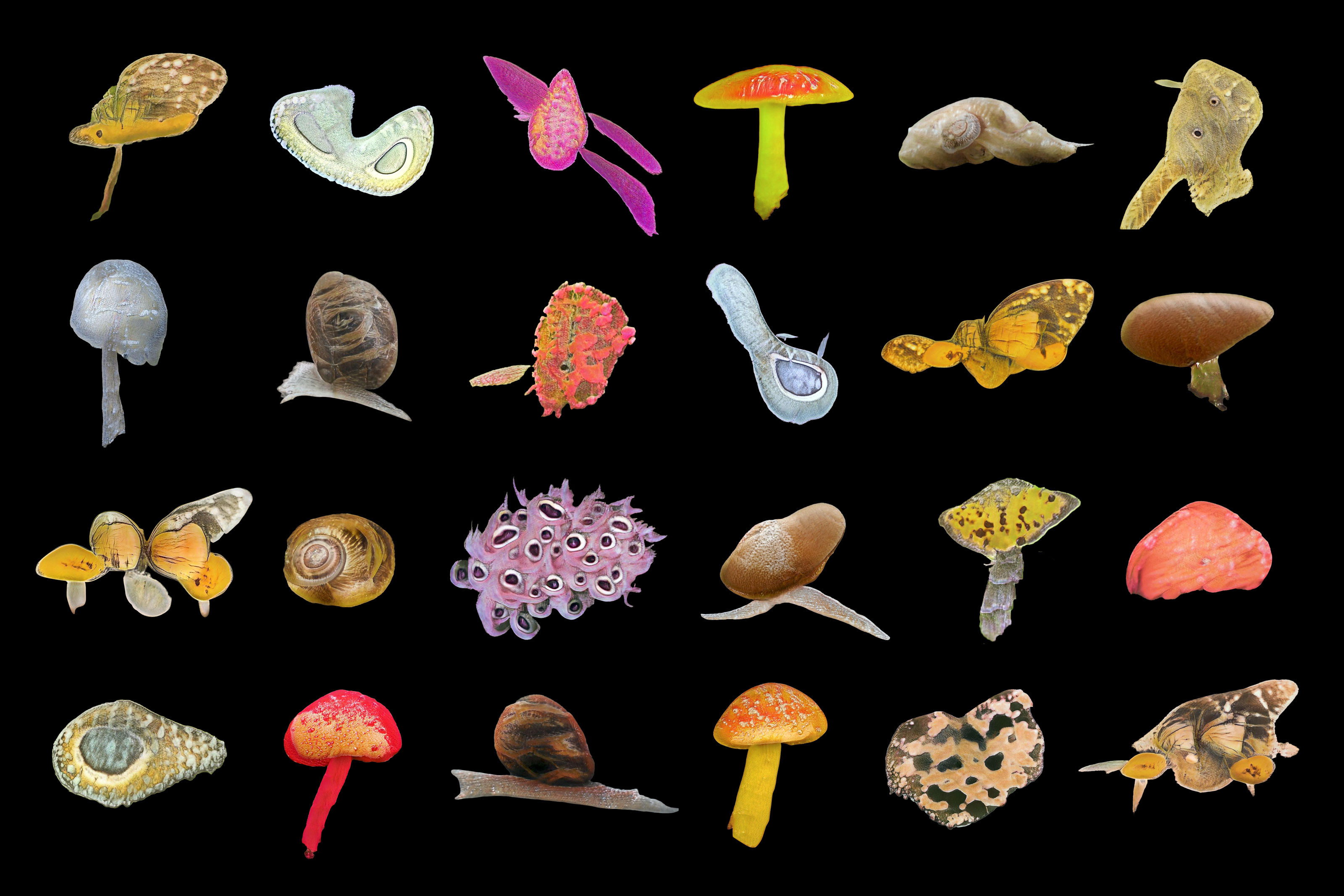
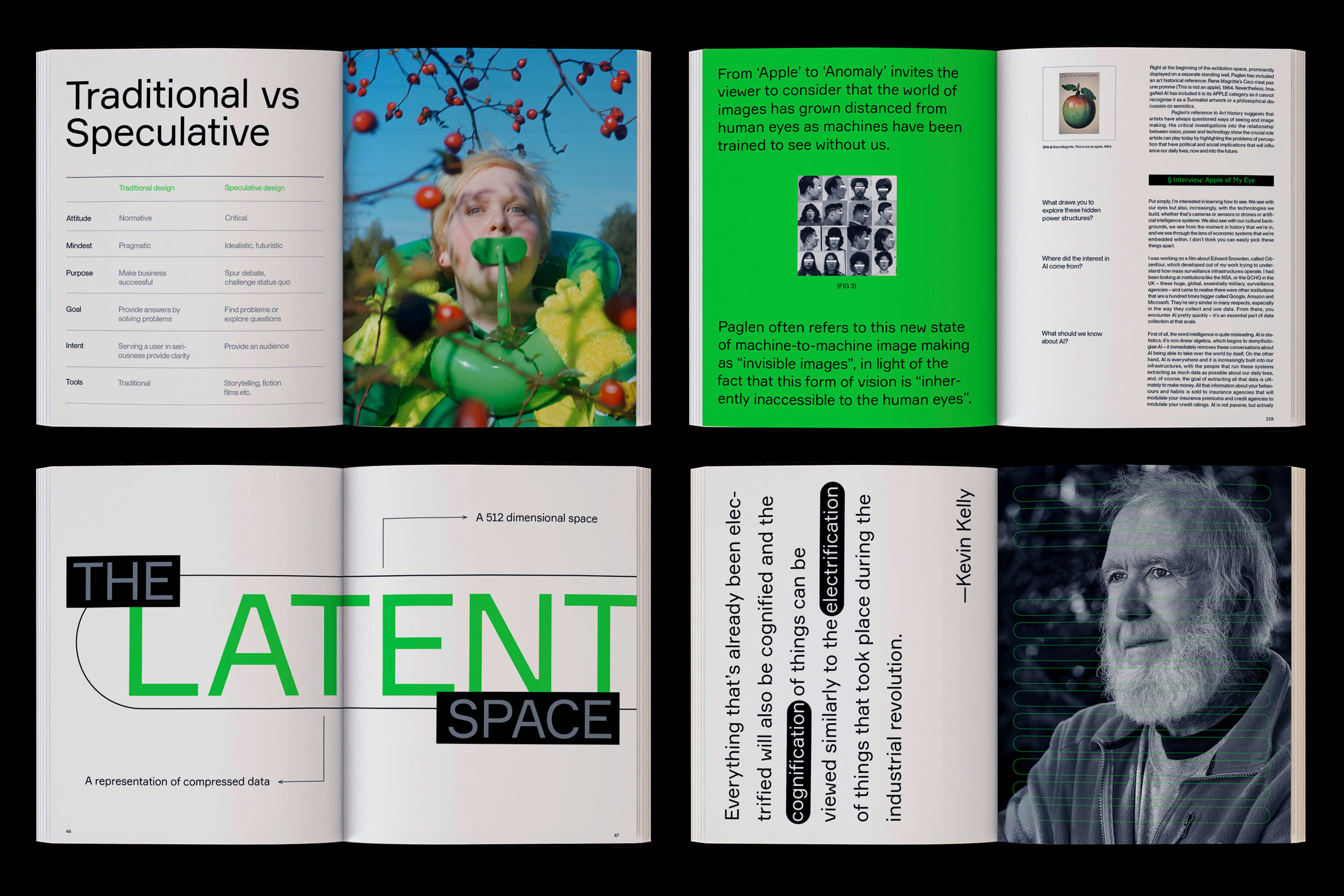
CREDIT
- Agency/Creative: Xinyi Shao
- Article Title: Mutopia: Visualising the Unseen by Xinyi Shao
- Organisation/Entity: Freelance
- Project Type: Graphic
- Project Status: Non Published
- Agency/Creative Country: United States
- Agency/Creative City: LA
- Market Region: North America
- Project Deliverables: Brand Experience
- Industry: Non-Profit
- Keywords: Machine Learning, Speculative Design, Posthumanism
-
Credits:
Designer: Xinyi Shao











